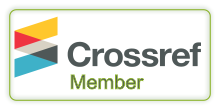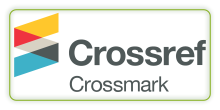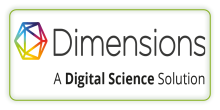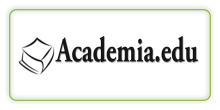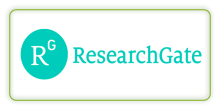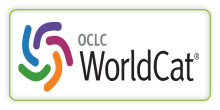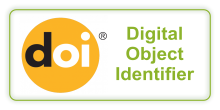TO STUDY EFFICACY OF JIVANTYADI GHRIT AS ADD-ON TREATMENT IN PTB TREATING WITH AKT (DOTS) REGIMEN
DOI:
https://doi.org/10.29121/j-ahim.v2.i1.2022.17Keywords:
Pulmonary Tuberculosis, Jivantyadi Ghrit,, DOTsAbstract [English]
Background: Patients of Pulmonary Tuberculosis continued to be suffering from the adverse effects of the Anti-tubercular drugs even though they are used efficiently, the rate of infection of pulmonary tuberculosis is not satisfactory under control. Hence the present study was conducted, to study the efficacy and to minimize the side effects of present therapy (DOTs) by using along with Ayurveda formulation. Objectives: To Study the efficacy of Jivantyadi Ghrit as Add-on treatment in PTB treating with AKT (DOTs) regimen. Materials and Methods: It was an open labelled, controlled clinical study. It was conducted in 28 patients of PTB for six months. Results: There was significant reduction in group B patients regarding cough with expectoration, loss of appetite, loss of weight, evening rise of temperature, burning feet and hands. Significant reduction in side effects. There was significant reduction of score in lymphocyte count in group B patients. Conclusion: Study shows the scientific good evidences of add-on therapy of Jivantyadi Ghrit with AKT (DOTs) in the management of PTB.
References
Haris, V. Kushwaha, C. S. (2012). The Caraka Samhita Second Part, 234.
Kasper, D. L., Braunwald, E.,Fauci, A. S., Hauser, S. L., Longo, D. L. Jameson, J. L. (2005). Harrison's Manual of Medicine (16th ed.). McGraw Hill Professional. https://books.google.co.uk/books?id=guasJXjxOPIC&source=gbs_similarbooks
Kumar, V., Abbas, A. K., Fausto, N., Mitchell, R. (2007). Robbins Basic Pathology (8th ed.), Elsevier Health Sciences. https://books.google.co.ao/books?id=-keXQ6LaXVIC
Kushwaha, H. C. S.(2019). Caraka Samhita, Varanasi: Chaukhambha Orientalia, 232. https://www.flipkart.com/caraka-samhita-2-volume/p/itm18bf5237d1e03
Lavekar, G.S. Padhi, M.M. Joseph, G.V.R. Selvarajan, S. Yelne, M.B. Mangal, A.K. Raman, K. G. Sharma, P.C. and Dennis, P.C. (2008). Database on Medicinal Plants Used in Ayurveda and Siddha. Central Council for Research in Ayurveda and Siddha.5,43-47.https://www.abebooks.com/Database-Medicinal-Plants-Used-Ayurveda-Siddha/539097417/bd
Sharma, P. C. Yelne, M. B. Denris, T. J. (2005). Database on Medicinal Plants used in Ayurveda and siddha, 4, p 251-256, 269-273, 505-508.
Sharma, P. C. Yelne, M. B. Denris, M. B. (2005). Database on Medicinal Plants used in Ayurveda and siddha, 2, 270-273, 347-349.
Sharma,P. C. Yelne, M. B. Denris, T. J. (2005). Database on Medicinal Plants used in Ayurveda and siddha, 3, p229-232, 472-475, 512-515, 561-564.
Sharma. R. K. (2007). Agnivesha, Charaka, Dridhabala, reprint CharakSamhita, Chikitsasthana, Rajyakshmachikitsa adhyaya, 279.
Shastri, K. A. (2005). Susruta Samhita. Varanasi: Chaukhambha Sanskrit Sansthan, 241.https://www.flipkart.com/susruta-samhita-vol-1-2/p/itm70f76ad34fad6
Shastri, S. S. (n.d.). Madhav Nidan, Chaukhambha Sanskrit Sansthan, 29 th edition, Varanasi, 246.
Shastri, S. Upadhyay, Y. Tika, M. (2008). Madhava Nidana (Purvardha). Varanasi: Chaukhambha Prakashan. https://amzn.to/3KhXShq
Tripathi, K. D. (2018). Essentials of Medical Pharmacology (6th ed.). New Delhi: Jaypee Brothers Medical Publishers. https://www.amazon.co.uk/Essentials-Medical-Pharmacology-KD-Tripathi/dp/9352704991
WHO Global Report (2020).https://www.who.int/publications/i/item/9789240013131












